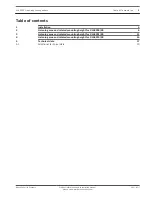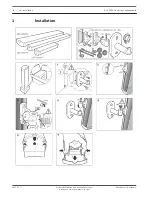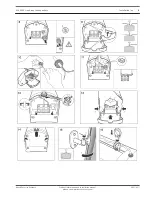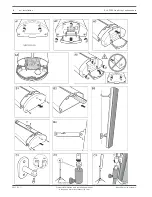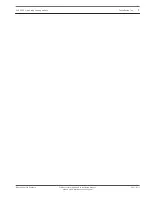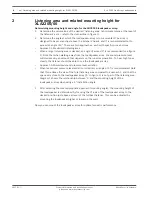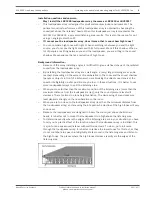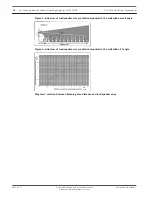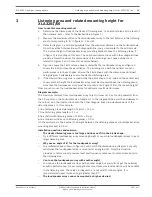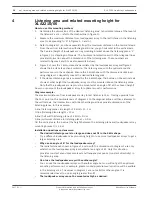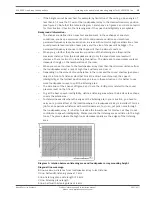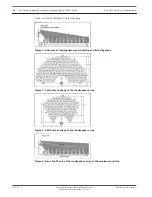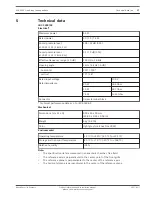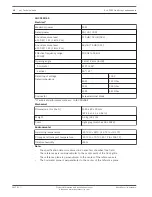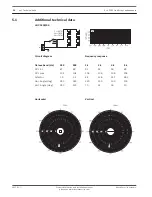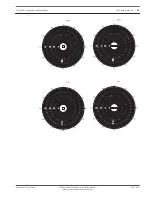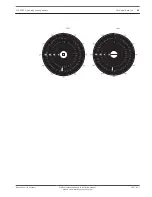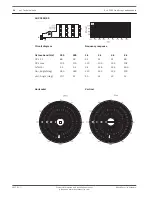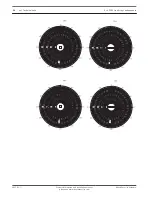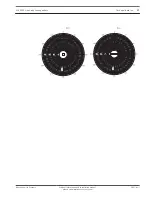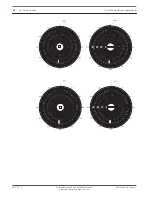
–
If the height cannot be reached, for example, by limitation of the ceiling, use an angle of
less than 8º. Focus the 0º-axis of the loudspeaker array to the desired maximum position
(see figure 4). Note that the table in diagram 1 and shapes in figures 2 and 3 are not valid
for this situation. Check in the listening area if the speech intelligibility is acceptable.
Background information:
–
The shapes are defined in an anechoic environment. In these shapes at anechoic
conditions, you have a maximum of 6 dB sound pressure variation and much less
perceived frequency response variation. In areas with normal or high reverberations, less
sound pressure level variation takes place and the size of shapes will be bigger. The
perceived frequency response in this shape will then be almost constant.
–
When you go further than the maximum position of the listening area (beyond the
maximum distance from the loudspeaker array) only the sound pressure level will
decrease. There is almost no tone height variation. The decrease in sound pressure level
depends strongly on the reverberation of the room.
–
When you move too close to the loudspeaker array (less than the minimum distance from
the loudspeaker array) a lack of high tones will very soon occur.
–
Depending on the amount of reverberation in the room and the sound shadow (people or
objects in front of a listener who/that block the direct sound source), the speech
intelligibility at the furthest positions may be low. In these situations, it is better to use
more loudspeaker arrays to split the listening area.
–
The side lines of the shapes of figure 2 and 3 are the -6 dB points related to the sound
pressure level on the 0º-axis.
–
To get the best speech intelligibility, define a listening area where the 4 kHz octave shape
covers the whole area.
–
To determine exactly where the edges of the listening are in your situation, you have to
carry out a practical test at the location where the loudspeaker array is installed. This is a
job for an experienced listener with well-trained ears. To do so, put pink noise through
the loudspeaker array. It is better to reduce the lower tones for this test, as they do not
contribute to speech intelligibility. Walk around in the listening area and listen to the high
tones. The places where the high tones decrease rapidly are the edges of the listening
area.
Diagram 1: relation between listening area and loudspeaker array mounting height
Diagonal line meanings:
B-line: maximum distance from loudspeaker array to last listener.
D-line: half-width listening plane at 1 kHz
F-line: listening plane side length of 4 kHz
C-line: listening plane length
E-line: half width listening plane of 4 kHz
XLA 3200 Line Array Loudspeakers
Listening area and related mounting height for XLA3210/00 | en
15
Bosch Security Systems
Product information and installation manual,
please see www.boschsecurity.com
2017.01 | |



